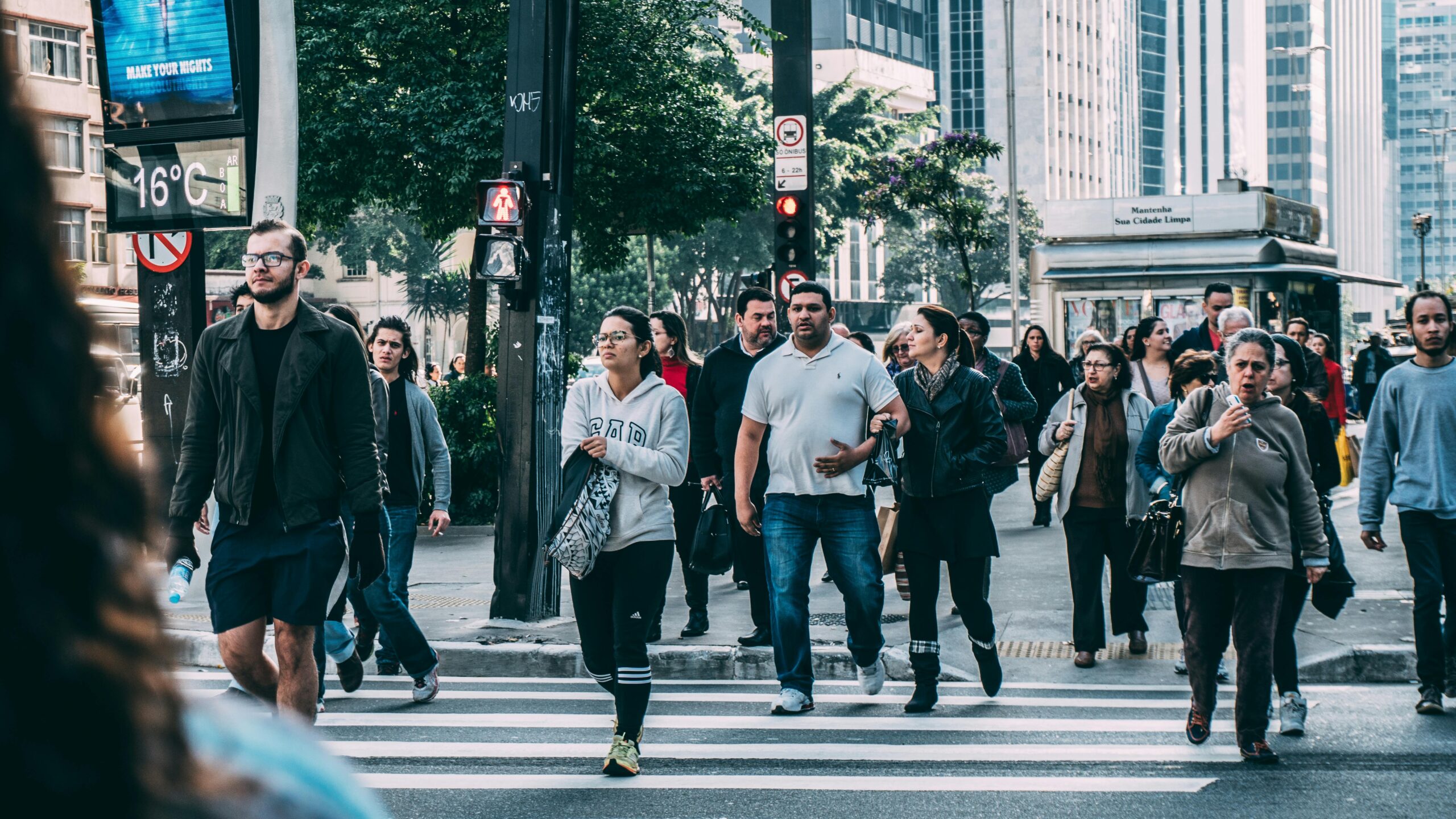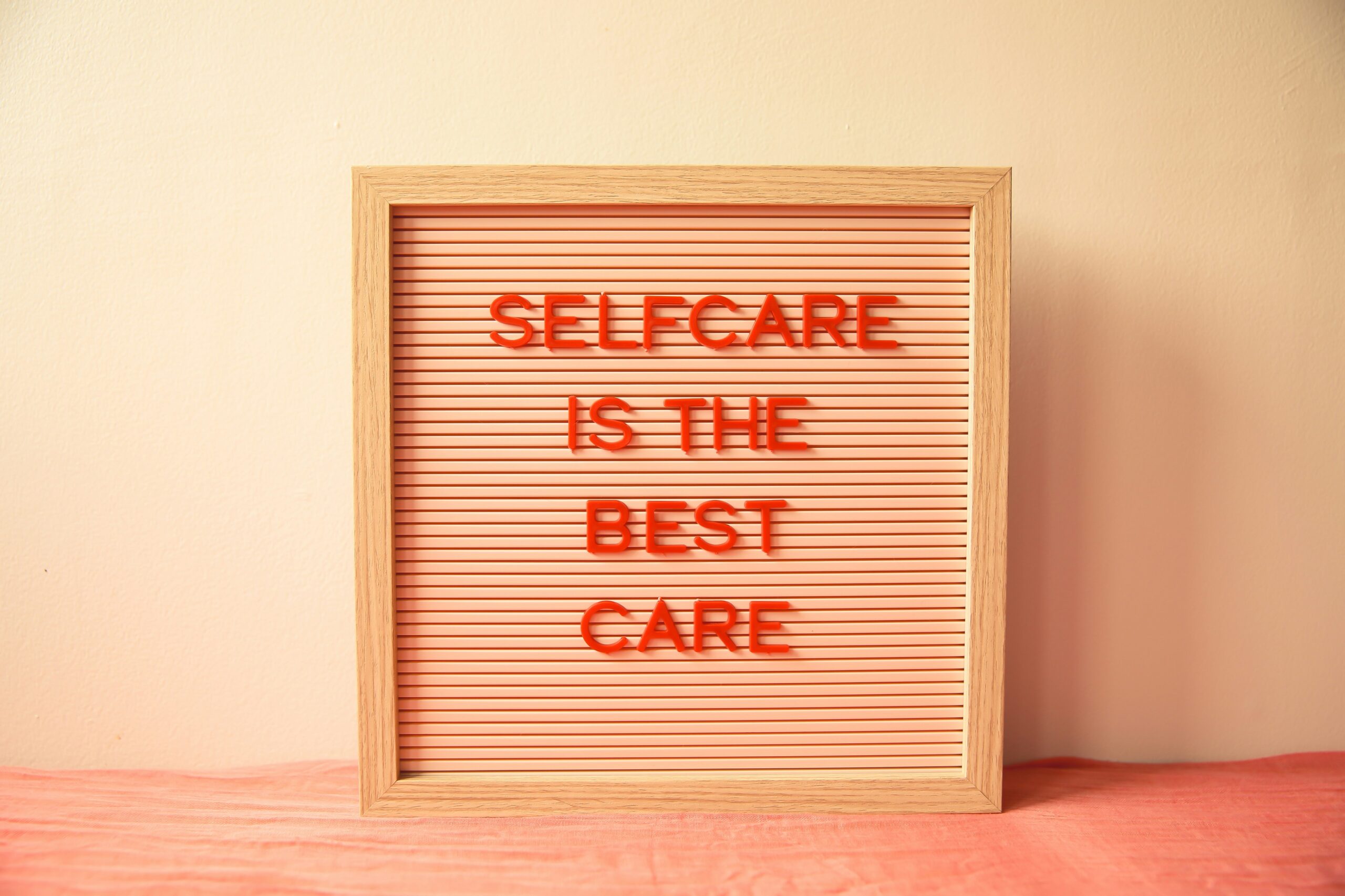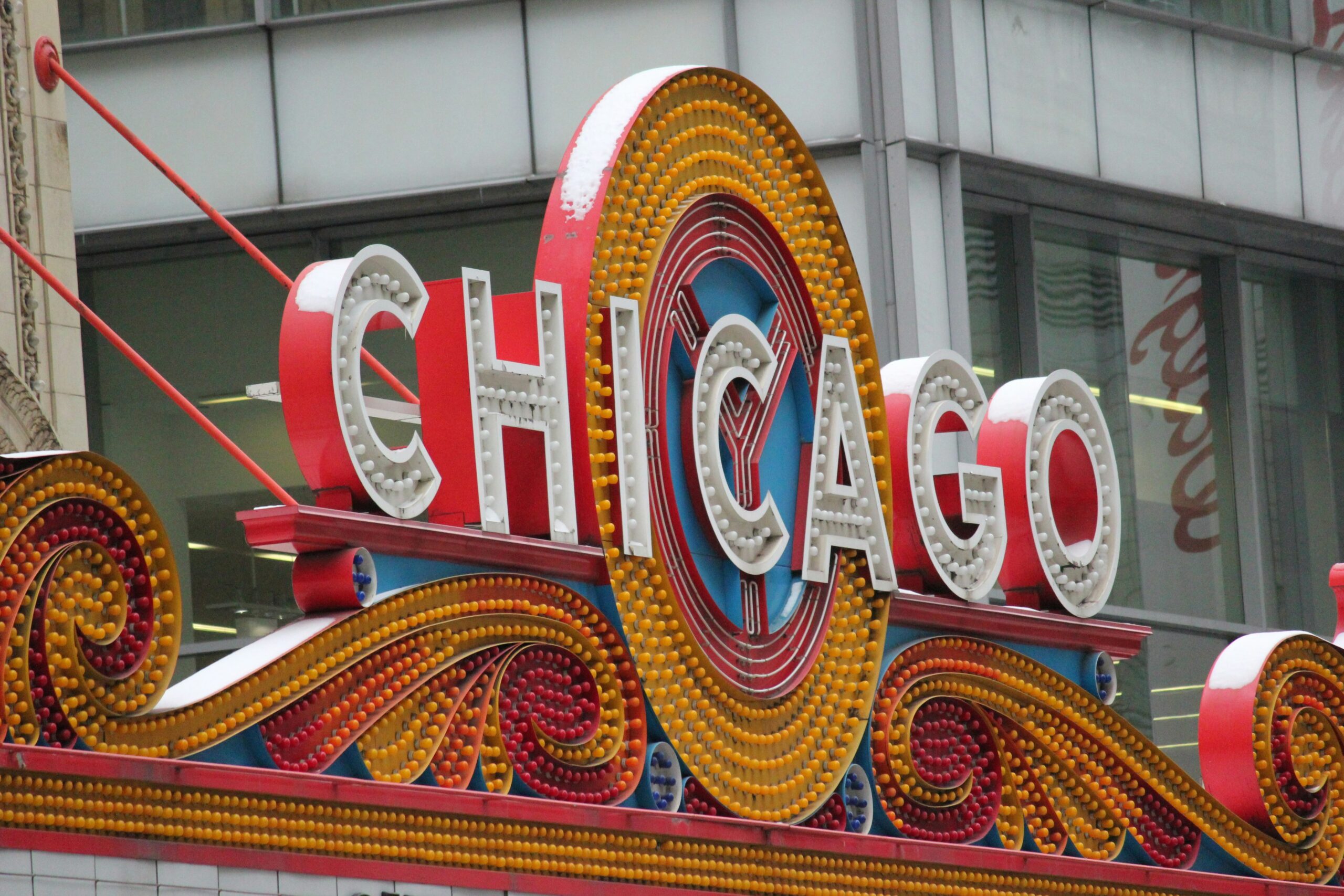
Commercial real estate trends are evolving nationwide, and Chicago is way ahead of one popular trend – walkable neighborhoods. People and businesses are increasingly drawn to locations that have work, life, and play opportunities within walking distance, and this preference has economic power. The World Economic Forum shared a recent report referring to walkable urban areas as “America’s efficient economic engines.” While some locations are developing new plans to create more walkable areas, Chicago is fortunate to have already a high walkability score in Rogers Park, the Gold Coast, and many other neighborhoods.
The TAWANI Property Management real estate portfolio includes residential, retail, and commercial buildings. Our commercial properties are located in walkable neighborhoods near the convenience of CTA stations, residential buildings, and retail spaces.
Here are some of the newest details behind our neighborhoods’ popularity, trends, and shifts toward walkability:
- Walkable as a concept: The term “walkable” means more than the availability of sidewalks. It refers to the potential of accessing day-to-day conveniences within walking distance of one’s home and/or business. In other words, someone who can walk to places such as grocery stores, gyms, restaurants, entertainment venues, and retail shops within a reasonable timeframe from their residence lives in a walkable district. Neighborhoods that offer commercial spaces and walkability to offices have even more appeal.
- Downtown revitalization: For decades, people commuted from their homes in bedroom communities to their jobs in commercially driven downtown areas. This pattern is changing in U.S. cities, with few exceptions. As a result, struggling downtowns are being converted into mixed-use districts and walkable micro-neighborhoods.
- Neighborhood retail success: Retail real estate – a subset of commercial real estate – is gaining a new foothold in “neighborhood retail.” J.P. Morgan Chase’s 2024 Commercial Real Estate Outlook concludes, “Neighborhood retail will merge as a stalwart in 2024….(it) is expected to experience steady performance.” It goes on to note that e-commerce makes up just 15% of retail, and there is plenty of opportunity for physical, brick-and-mortar retail operations to succeed.
- Social capital: Walkable neighborhoods are proven to increase levels of social capital – defined as social and community engagement. People living in walkable, mixed-use districts have higher levels of social capital than those in car-dependent, isolated suburbs. Residents in walkable neighborhoods are more likely to know their neighbors, participate politically, trust others, and regularly engage in social activities.
- Sustainability: Increased focus on environmental sustainability has driven policy and preferences toward walkable neighborhoods. Commercial real estate centered in neighborhoods vs. commercial-only districts offers economic, health, and quality of life benefits.
For more information, contact the TAWANI Property Management office at 312-374-9785.












